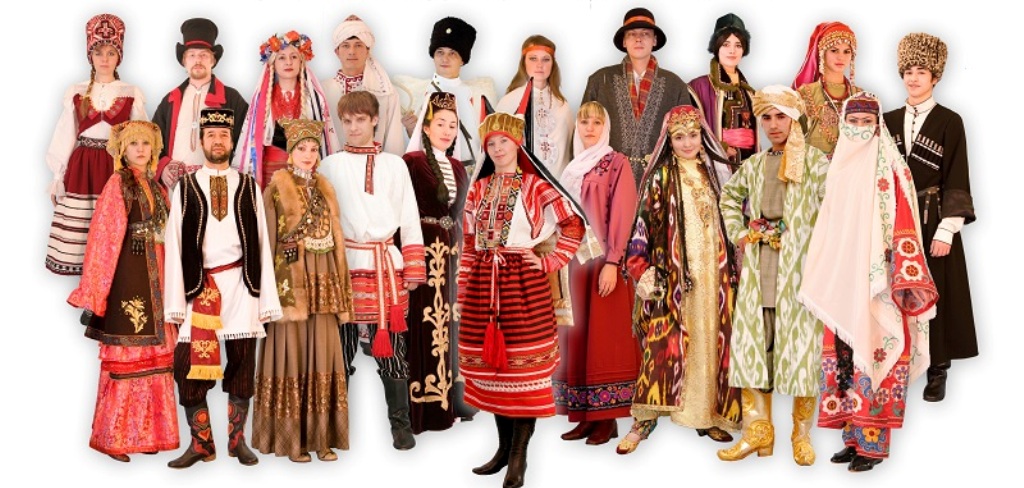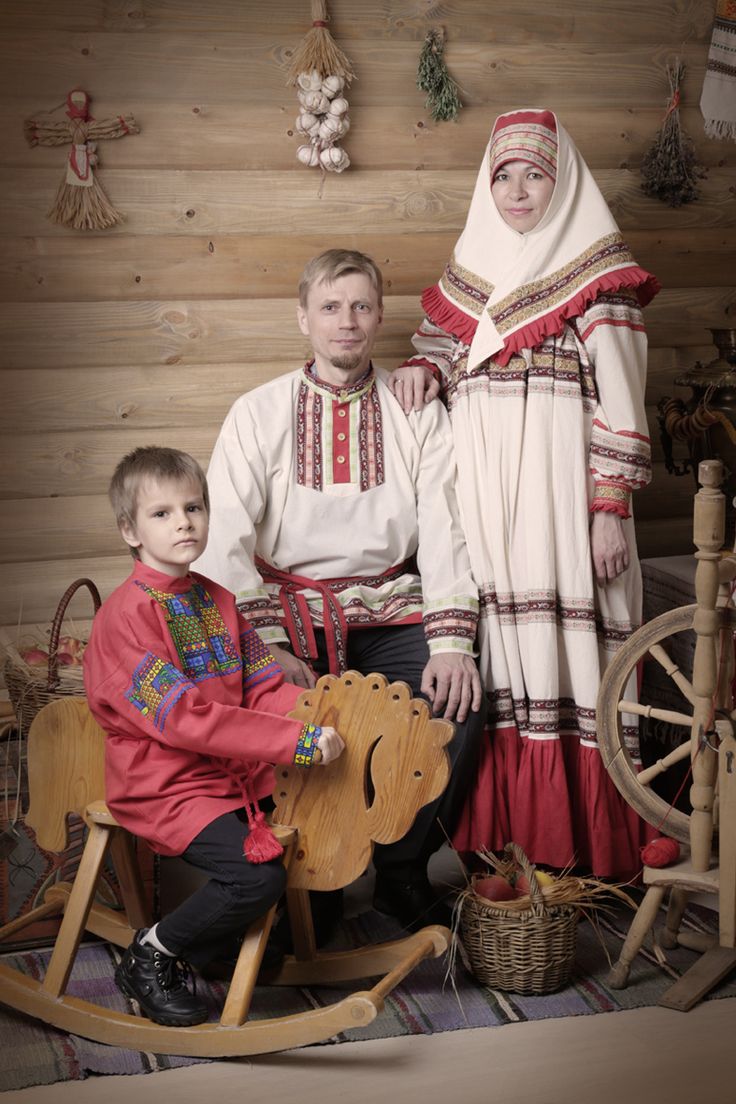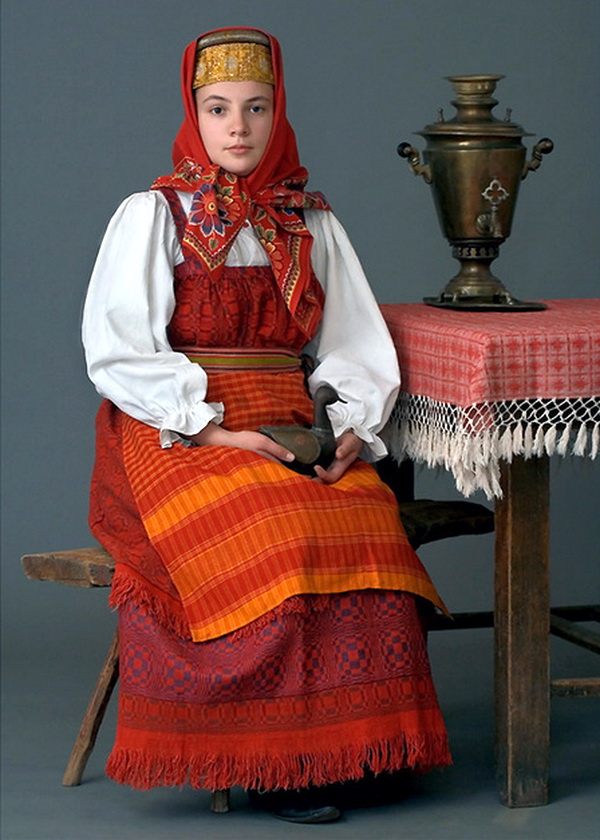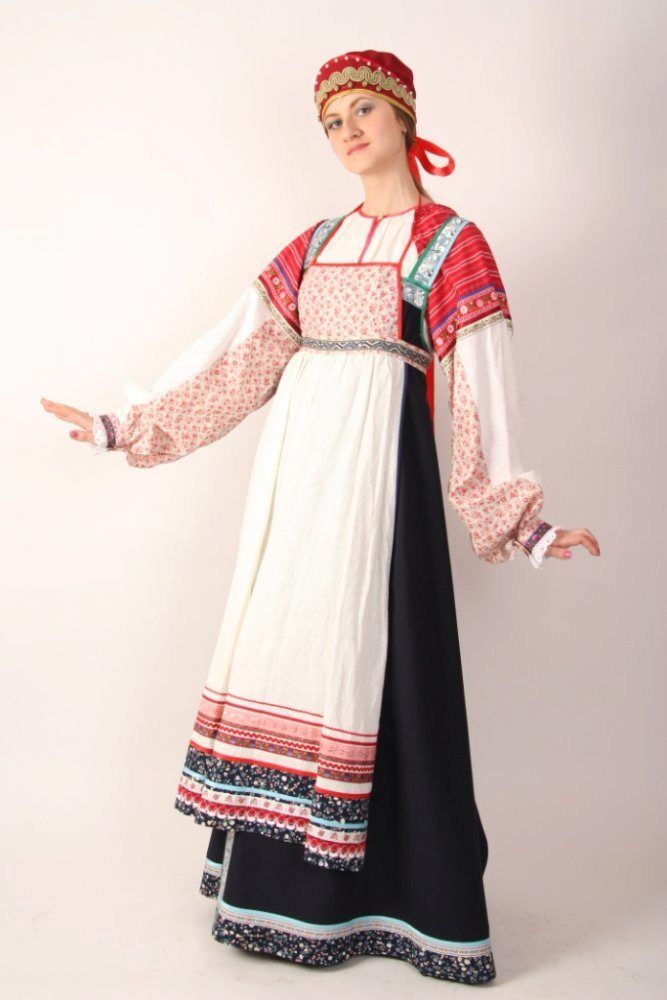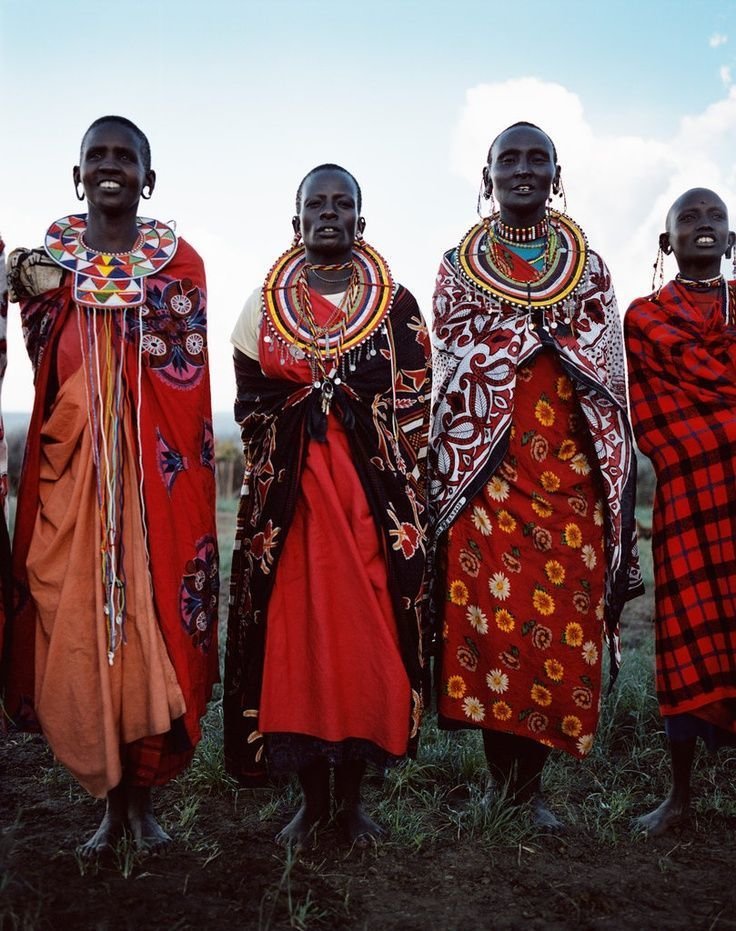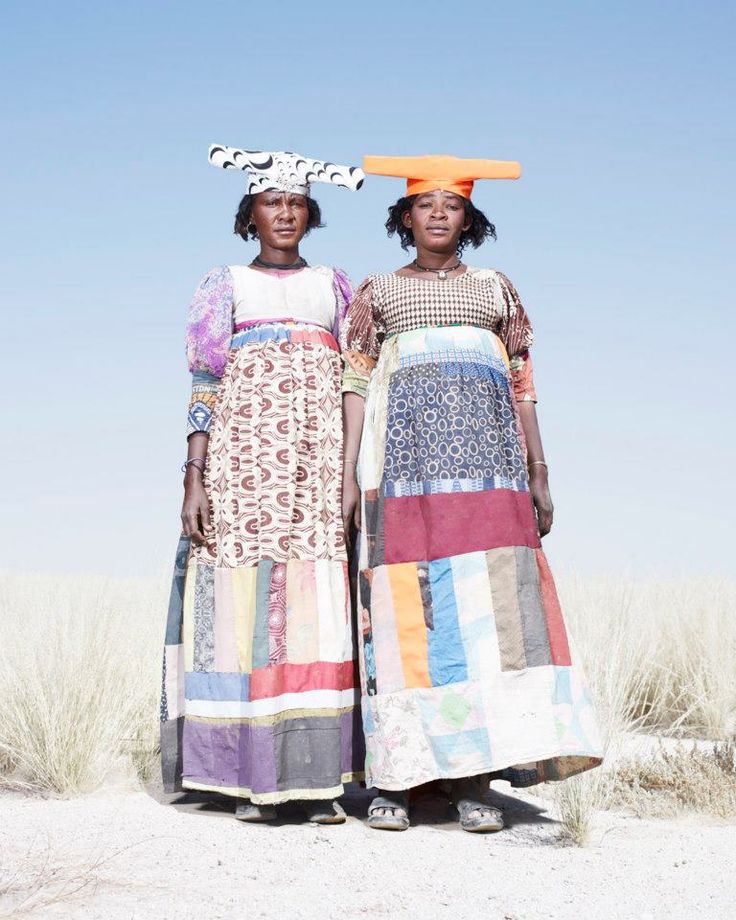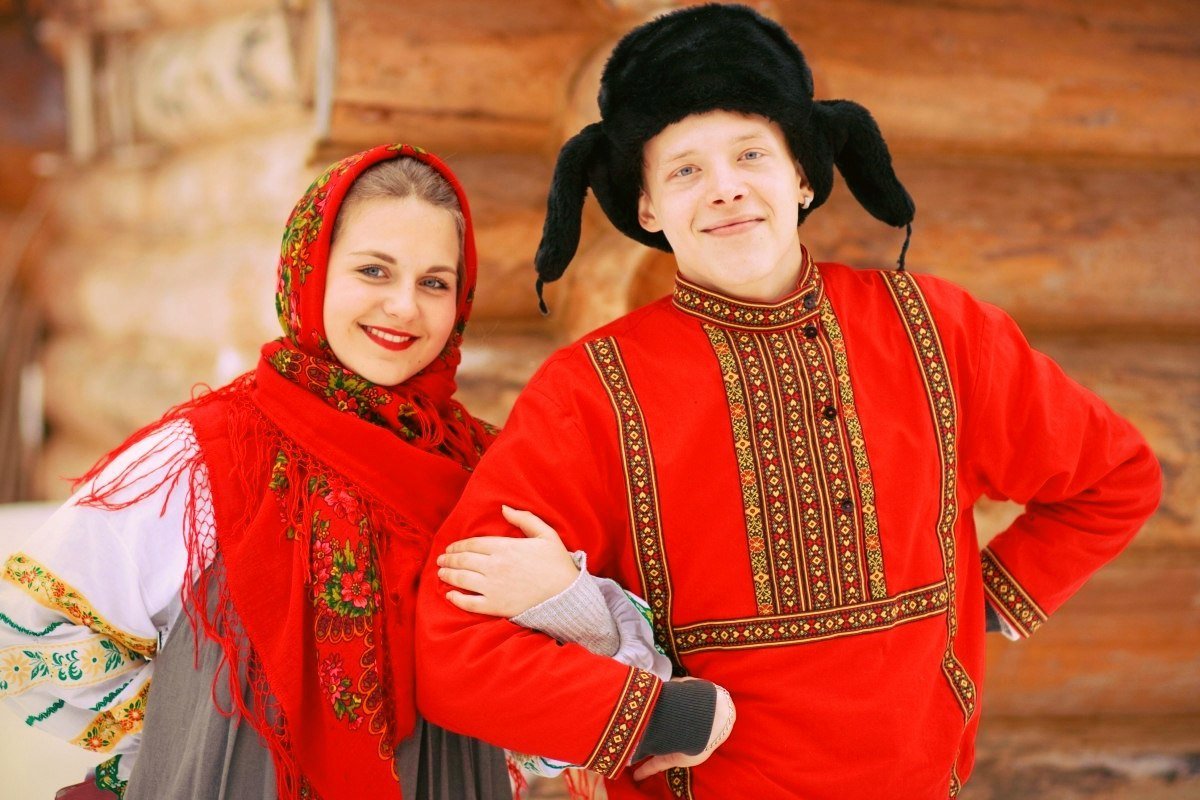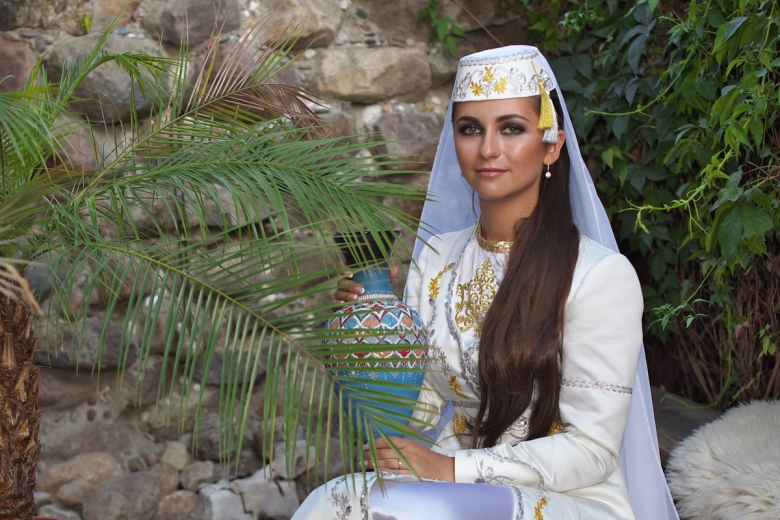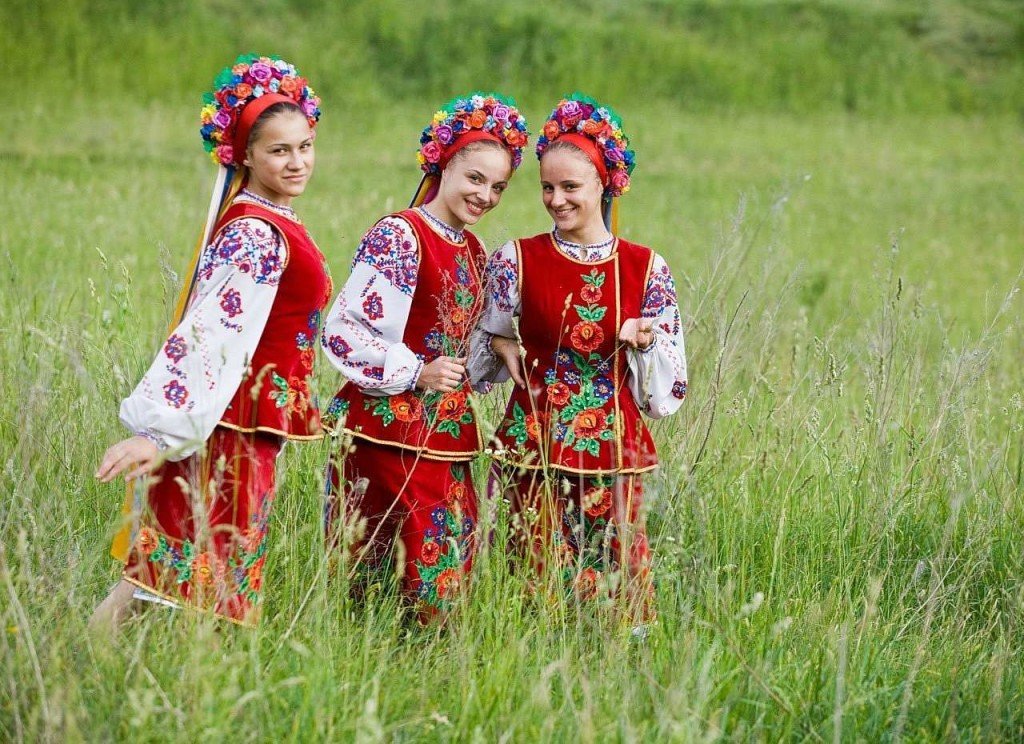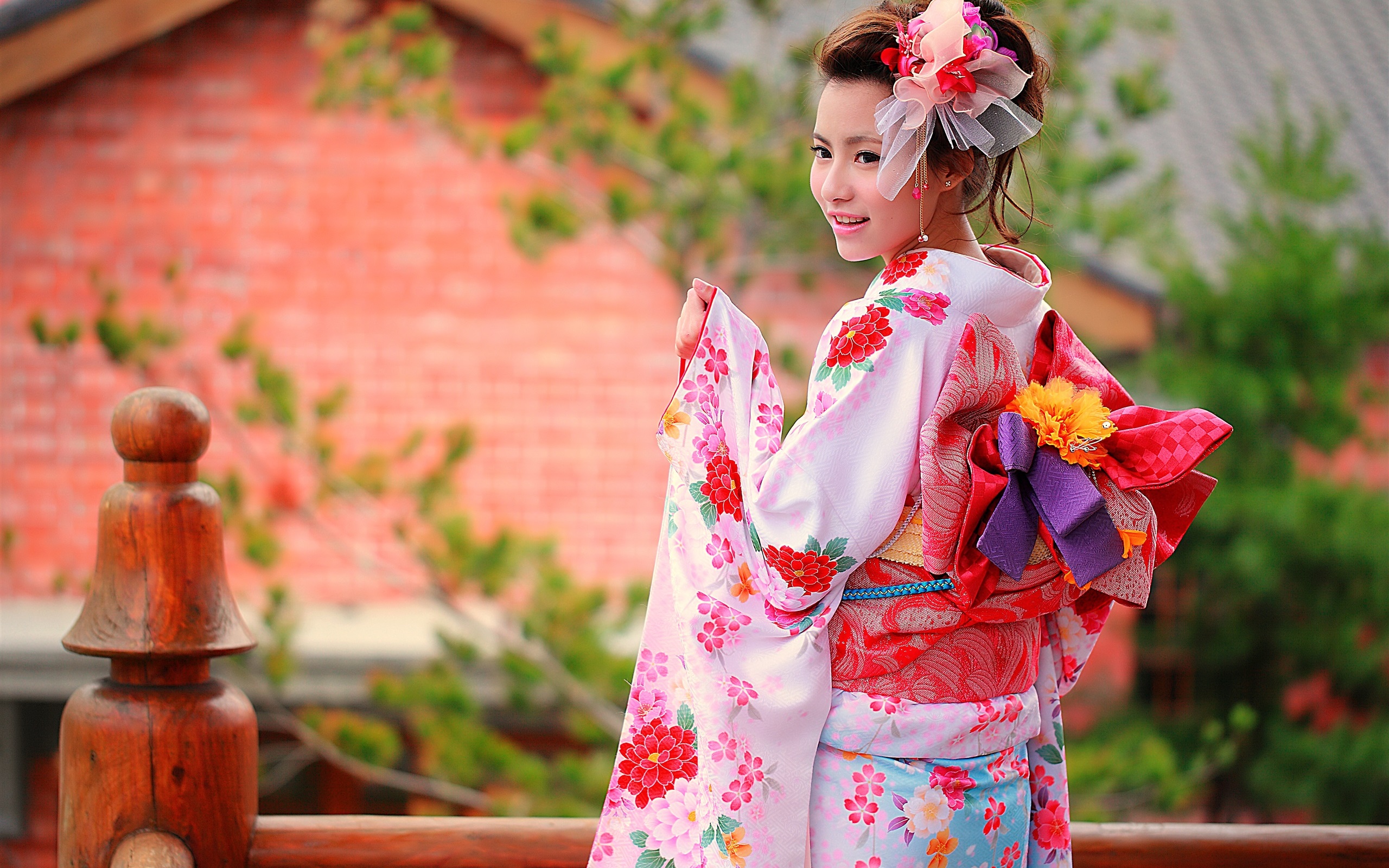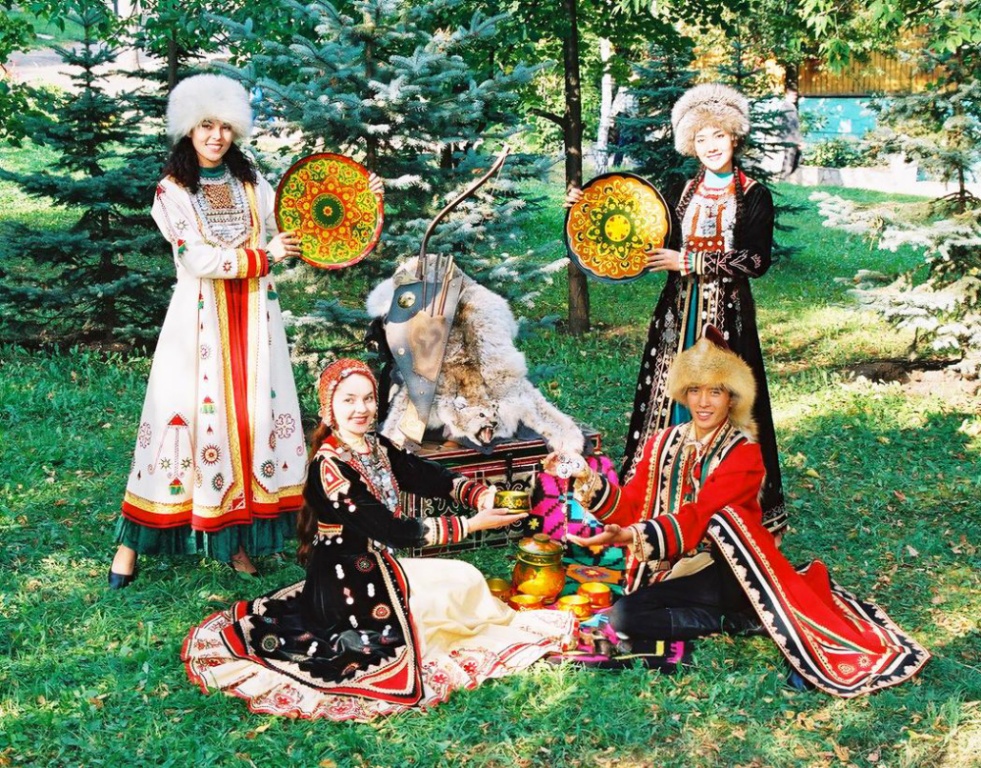Every nation has its own traditions, culture, myths and beliefs. They are manifested in everyday life, everyday life, and also in clothing. National costumes tell a lot about the history of nations, because they emphasize the ethnic characteristics and individuality of the nation. Some of these outfits are still in fashion.
Traditional clothing of the peoples of Asia
National costumes of the peoples of Asia are probably the most ancient, therefore they have collected a huge experience and culture. Within Asian nations, ethnic clothing features also differ:
- Mongols. In summer they wore a special light robe called terleyek, insulated in autumn, and in winter it was more like a sheepskin coat. Costumes were decorated with line or stitch embroidery, ornaments, the symbols of which had a certain meaning. Details of clothing could say a lot about the owner. For example, a pointed hat was a sign of prosperity for the Mongols.
- Tajiks. For men - a cotton shirt, sewn from a single piece of fabric, wide trousers, a striped robe. Trousers were tapered at the bottom. For women - long shirt dresses, double trousers. The shape of the collar indicated the marital status of the lady. The national headdress is a skullcap.
- Kirghiz. Men wore harem pants, a loose shirt below the knee, and a robe. They wore an al-kalpak on their heads, the height of which indicated the status of the owner. Women wore a dress and harem pants.
- Vietnamese. For men, it is a modest brown shirt and white pants. The headdress is a piece of cloth wrapped around the head. At official events, a black or brown turban. Women wear a long dress with slits on the sides. To visually reduce the waist, a piece of pink or purple cloth is attached to it.
- The Japanese. Their rich thousand-year traditions are reflected in their national costume. Men wore hakama – pants that looked like a skirt. The outfit was complemented by a kimono or haori – outerwear with a stand-up collar. Peasants wore bloomers and a shirt tied with a rope. Women's wardrobe included a kimono with a wide belt and various decorations. At the bottom was an unsewn skirt (koshimaki).
- Chinese. Men's wardrobe - ku trousers, shirt. Often there was a lot of clothing, since the climate in the North is cold. On top they wore a jacket with a wadded lining, mid-thigh length. The predominant color of men's suits was red. They sewed outfits exclusively from natural materials. For women - a dress with long sleeves and capes. Rich Chinese women wore fur coats made of natural fur.
Almost all Asian nationalities have one thing in common in their costumes - they are wide, do not restrict movement, are suitable for changing climates and are usually very richly decorated, especially for formal events.
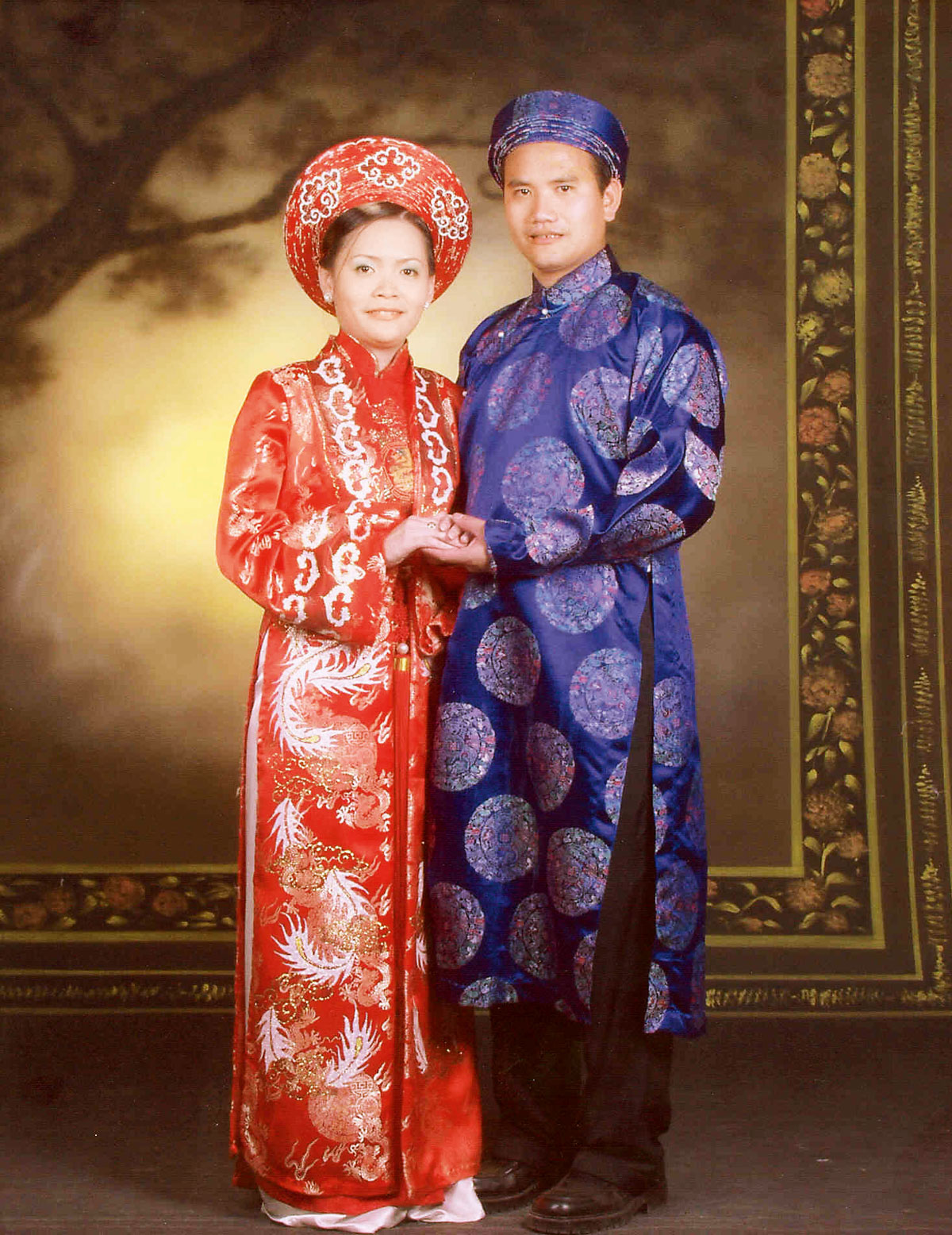
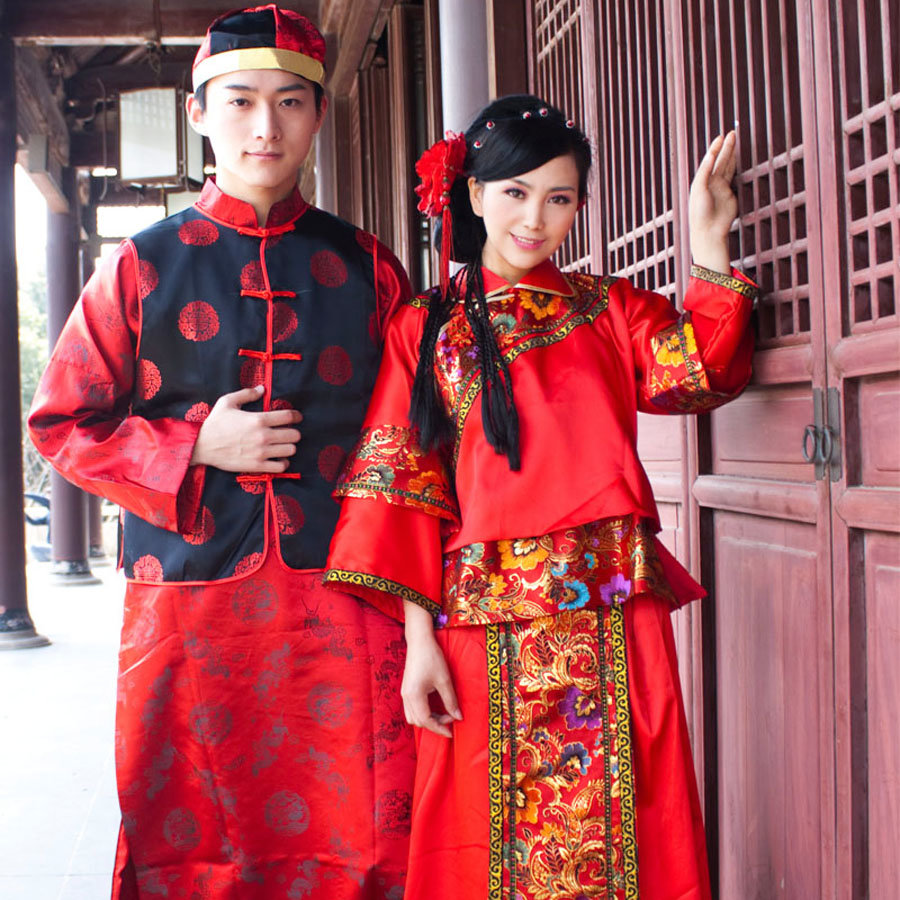
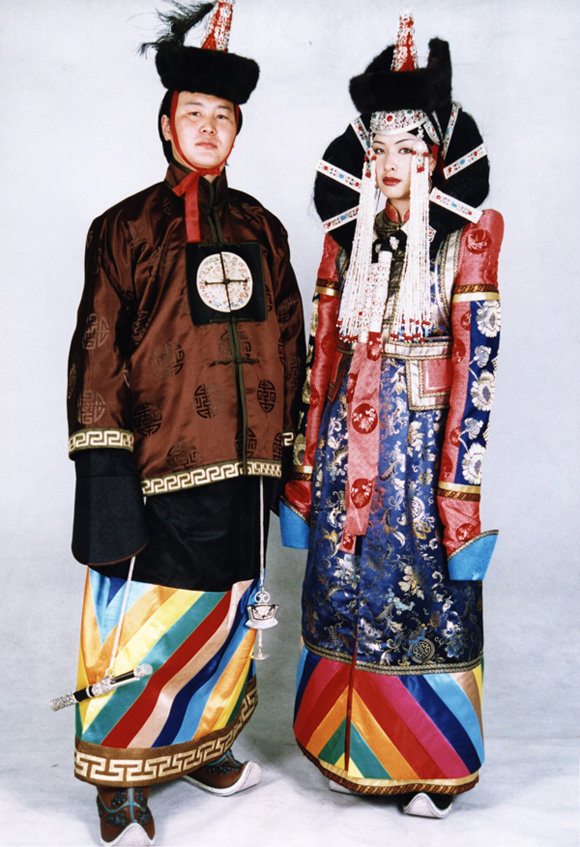

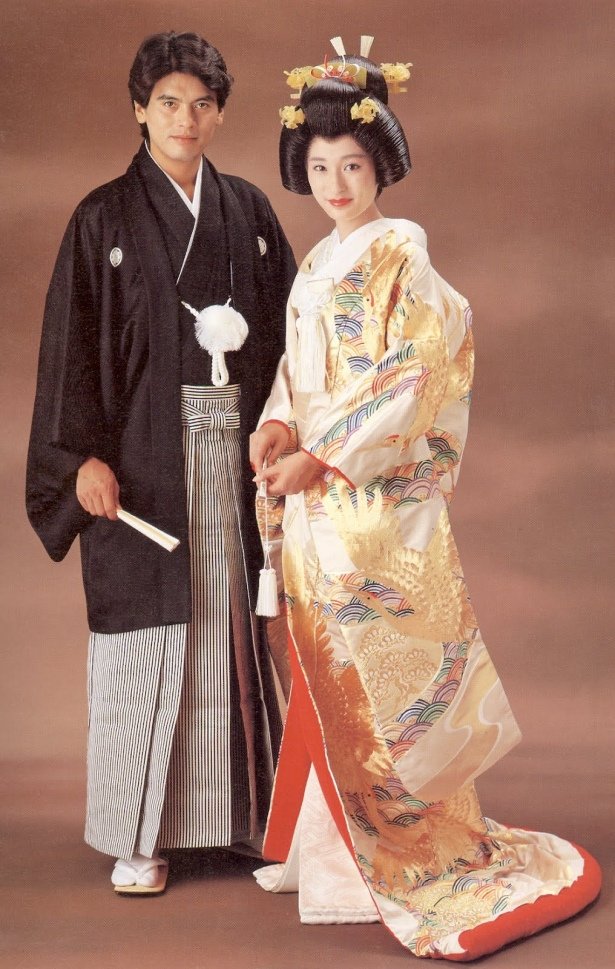
National costumes of the inhabitants of Russia
The national costumes of the Russian peoples differed according to geographical location, but all had common features. The basis of the costume was a shirt. On top, depending on gender, they wore a caftan or sarafan. The clothes combined beauty and functionality. The embroidery could be used to judge a person's status, for example, the rich classes had gold or silver embroidery.
The national wardrobe of the northerners had its own distinctive features: local materials were used, mainly animal skins. The characteristic clothing was a malitsa of solid cut made of reindeer skin. It was not long, it was worn in winter and summer without a belt.
The peoples of Siberia and the Far East preferred shirts with sloping shoulders and trousers similar to the attire of the Turkic-speaking peoples. Women's trousers were mostly plain, men's - striped. Outerwear was open.
Tunic-shaped, closed garments are typical for the inhabitants of the Center. The women wore a loose sarafan, the sides of which were complemented by wedges, giving it a trapezoid shape.
Outfits of the population of Europe and the USA
National costumes of different European countries have significant differences that have been formed over centuries, because each nation has its own culture and symbols. Some of the most famous European nations:
- Germans. The most typical German men's costume is lederhosen. These are three-quarter-length trousers, as well as a shirt, a frock coat, and a vest. The hat had feathers or brushes as decoration. The women's set consisted of a bell-shaped skirt, a white or colored blouse, a vest, and an apron. The vest had buttons or lacing, which served as a corset.
- The Spanish. Women wore dresses cut at the waist with a closed bodice on a corset. A metal hoop was sewn into the lower part, onto which two skirts were put on. The latter had a triangular slit in the front. Dresses were decorated with chest inserts in the form of a mesh of pearl threads and cords. Men wore a shirt, short trousers and a cloak. The shirt always had a high collar and cuffs.
- The English. They did not have a national costume as such. But they had a recognizable uniform – the beefeater costume: a red waistcoat embroidered with gold threads, stockings of the same color, a black round hat with a brim. The natives wore short trousers, a white shirt, a green waistcoat and a straw hat.
- Norwegians. The men's wardrobe is very attractive - shirt, jacket, vest, stockings, hat. Silver fasteners and buttons were used as decoration. Women had a richly decorated blouse, skirt, stockings, jacket and vest. In the cold season, they wore a shawl and handmade mittens on top.
- Ukrainians. The most beautiful nation in terms of the richness of their costume. It has a huge palette of colors, a large number of patterns. The women's wardrobe included a beautifully embroidered shirt, called a koshulya. It is longer than the men's, consists of two parts. A sash served as a belt, beautifully painted, wide, emphasizing the waist. The Ukrainian costume has always been distinguished by its slender silhouette. Men's wardrobe is multifunctional and comfortable - a simple shirt with a turn-down collar, harem pants. In the west of Ukraine, pants were narrower (pipes).
- Americans. The American national costume for men is a leather shirt, moccasins, and gaiters. Later, they were replaced by practical jeans. Women in the US wear a multi-tiered skirt, a checkered shirt or white shirt, and a neckerchief.
As for Americans, they do not have such a rich history to have a symbolic and diverse national wardrobe. In this case, the national costume is considered to be the cowboy costume.


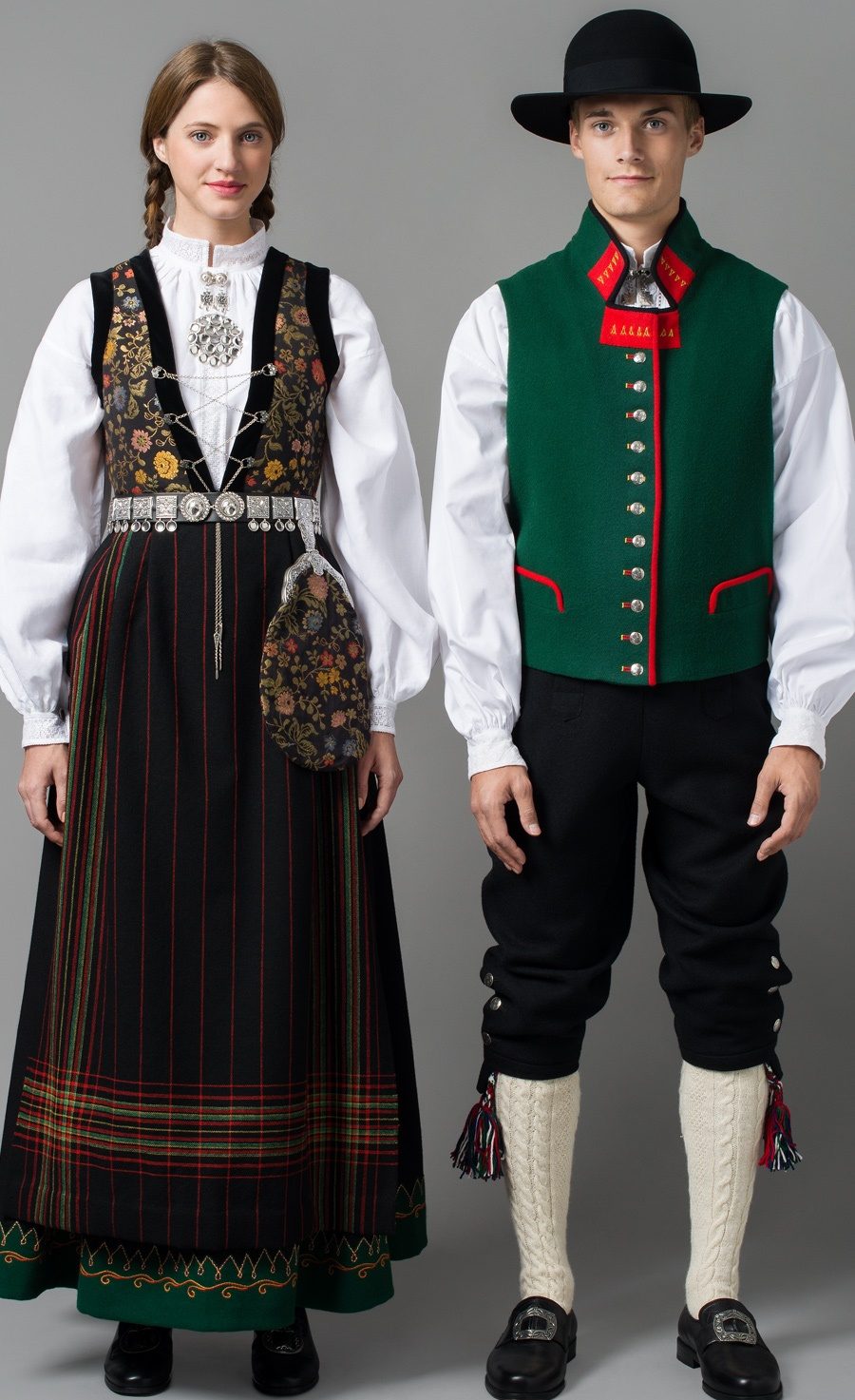
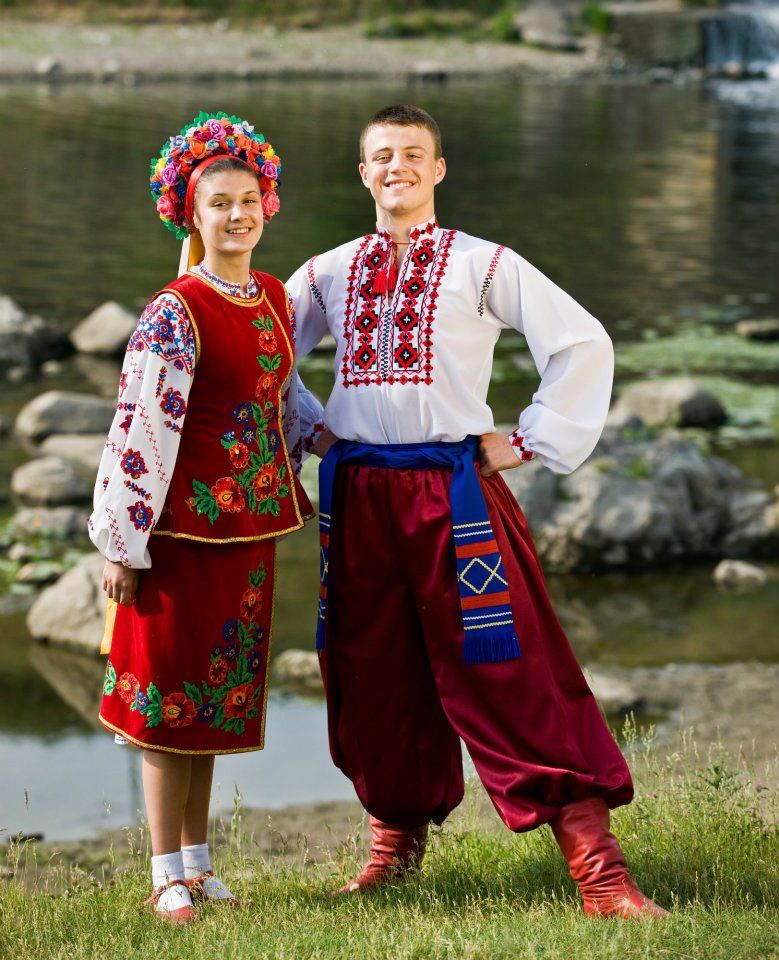
National clothes of Africans
The hot climate, a large number of rituals and traditions suggest special details of African folk clothing. For men in Senegal, a wide tunic, hip-length or lower, with loose pants is typical. Women wore short dashiki in combination with long skirts.
In Morocco, people preferred suits made of light, flowing fabrics that could protect against the hot climate. The most varied colors were used. The main types of clothing among local peoples were: an elongated tunic, a caftan, a long frock coat with puffy sleeves, a velvet jacket, and trousers.
The official national dress of the Maasai is a cotton sheet wrapped around the body in a special way. The amount of decoration in such a costume directly spoke about a person's position in society.
Middle East countries
The Middle East is a colorful land, where a huge number of peoples live with their own traditions and centuries-old history. Accordingly, national costumes here are also different:
- Armenians. The men's costume had a simple combination - a shirt, trousers, a caftan, and pants. The shirt always had a small standing collar. The trousers had a belt, where a purse and weapon were attached. Eastern Armenians also wore an aralukh, which was slightly shorter than the women's equivalent. Ladies wore a shirt, trousers, a dress, and an apron. The shirt was long, with a rounded neck and bias-cut wedges. The headdress could say a lot about the social status of an Armenian woman, so it was given special importance.
- Turks. They always wore multi-layered costumes. For women, these were dresses with wide sleeves that completely hid their arms. An apron was added to them. A special belt, a sash, which was worn over a short jacket, was typical for men's attire. Headgear was a fez or turban.
- Israelis. Jewish costume was colorful and the most religious among all the others. For men, it was a black frock coat and a cape that had tassels on the edges - they should always be over the trousers. For women, the wardrobe consisted of a dress with an apron. Instead of a dress, they also used a skirt with a blouse.
- Iranians. Women wore clothes with V-shaped necklines, their costume was distinguished by its layers. Men preferred pants, shirt, caftan. Previously, they wore fur and leather pants, and the caftan sleeves were wide, had radial folds.
- UAE. Costumes in the Arab Emirates were as closed as possible. Men wore long white cotton shirts, and for special occasions, clothes were made of expensive silk. Ladies wore thin linen shirts over harem pants. The female figure on the street was covered from head to toe with a black veil, leaving only the eyes open.
- Georgians. They were distinguished by the severity of their men's attire, which consisted of trousers or harem pants, a shirt, a caftan, and a Circassian coat. In winter, they wore fur coats. Women wore a fitted floor-length dress with a bodice decorated with braid, beads, and ribbons. A velvet or silk belt was a mandatory attribute. In the cold season, the costume was complemented by a sheepskin coat.
- Azerbaijanis. Men preferred a shirt, trousers, a beshmet narrowed at the waist, and in the cold season – a sheepskin coat, and a papakha on the head. Women's costume was a shirt, widened at the bottom, a short caftan, and a fluffy skirt.
Tourists who go on holiday to the UAE should understand that too provocative clothing can lead to conflicts with the local population. This is especially true for women.
Every nation, despite its modern style, tries to preserve its national costume, because it has history and symbolism. Not only on holidays and festivals, but in everyday life you can meet a person in traditional attire. It is a kind of business card, as well as a tribute.
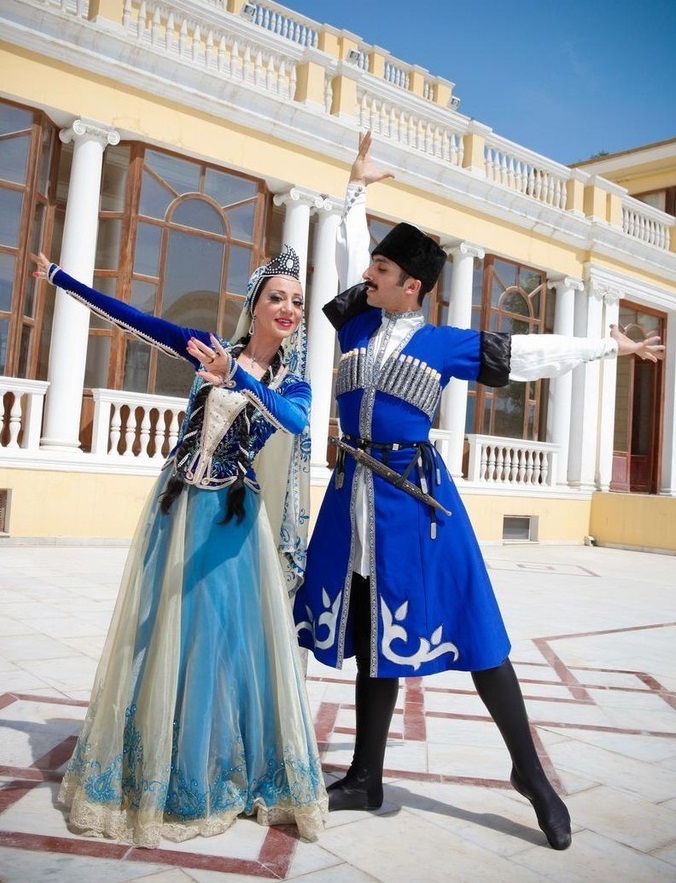


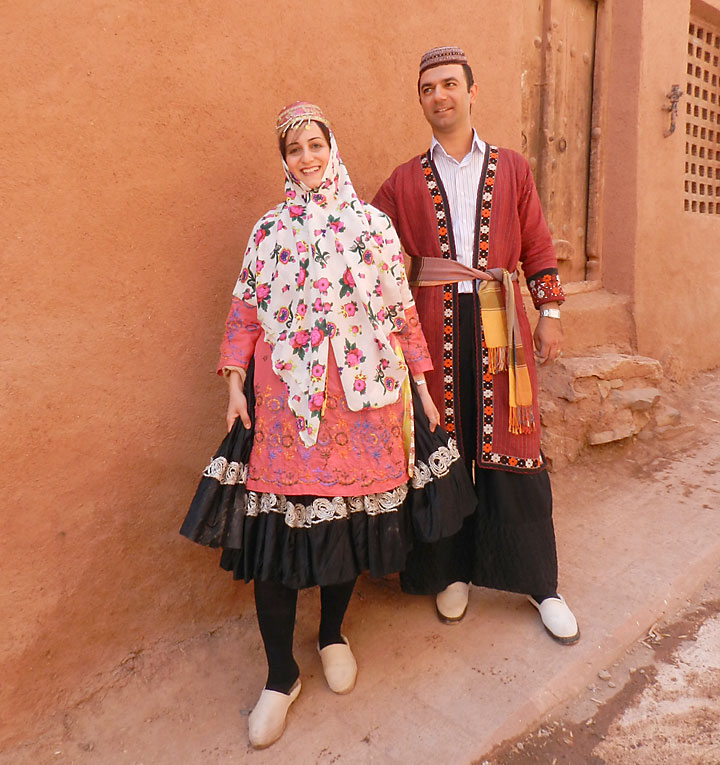
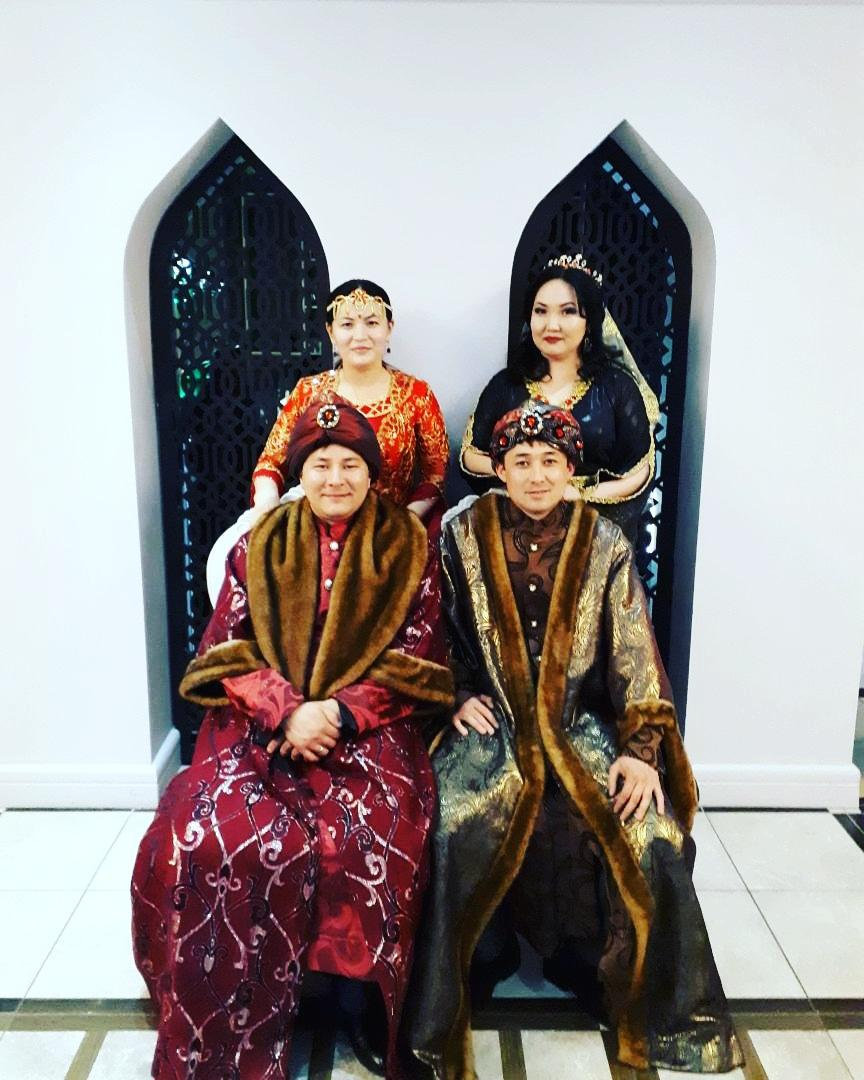
Video

